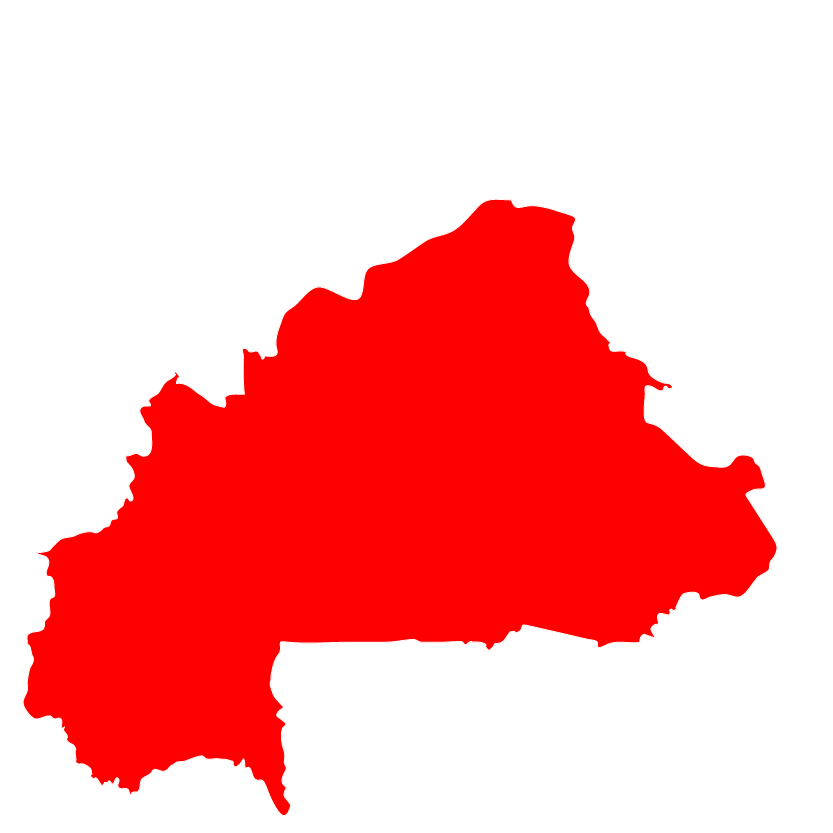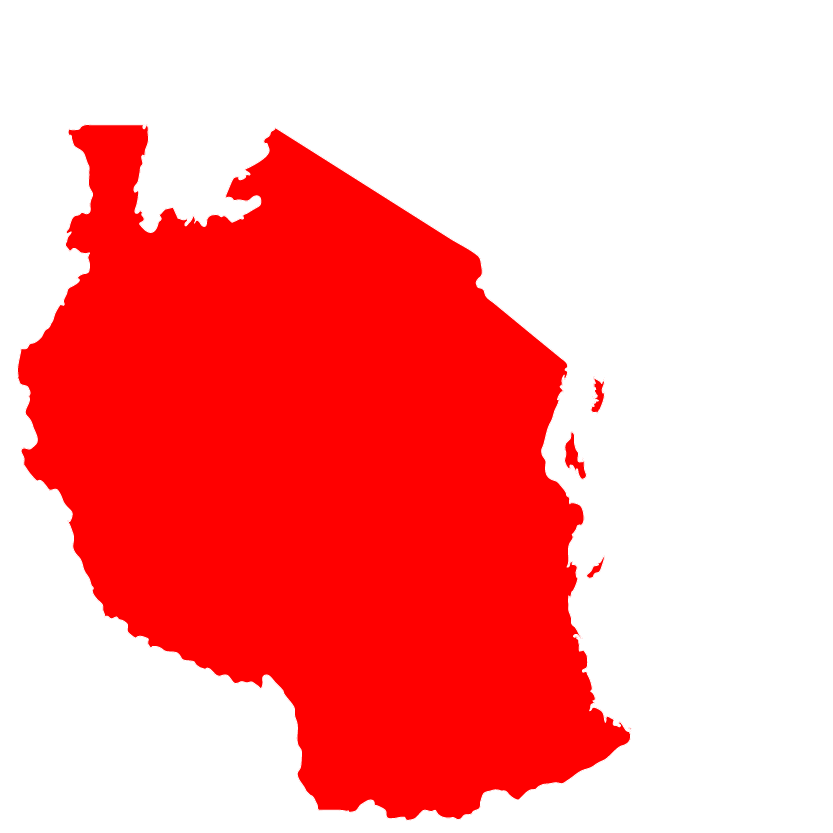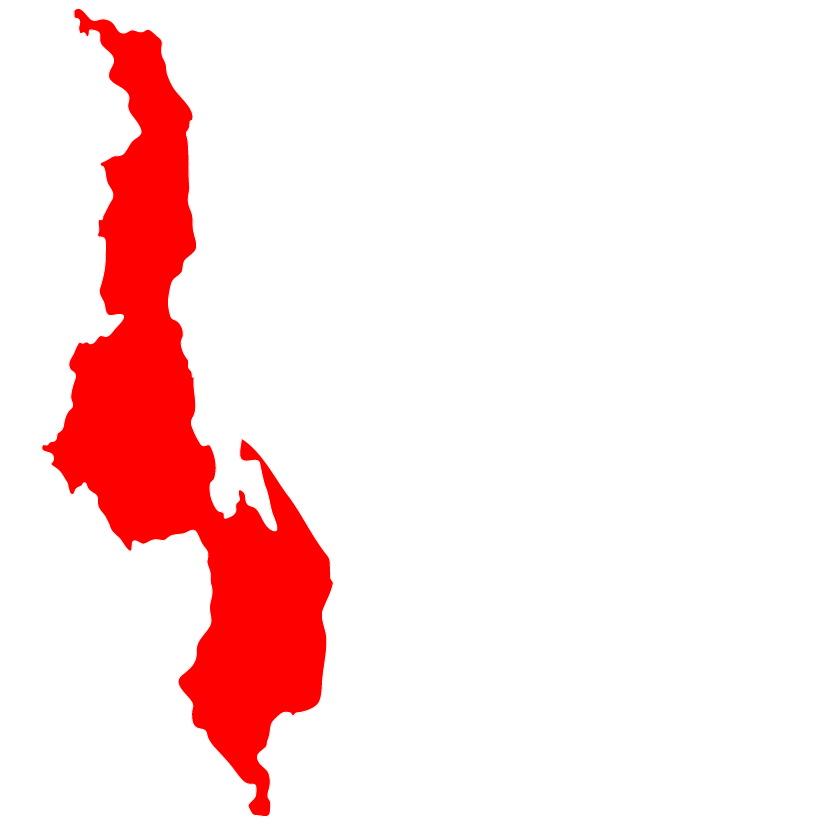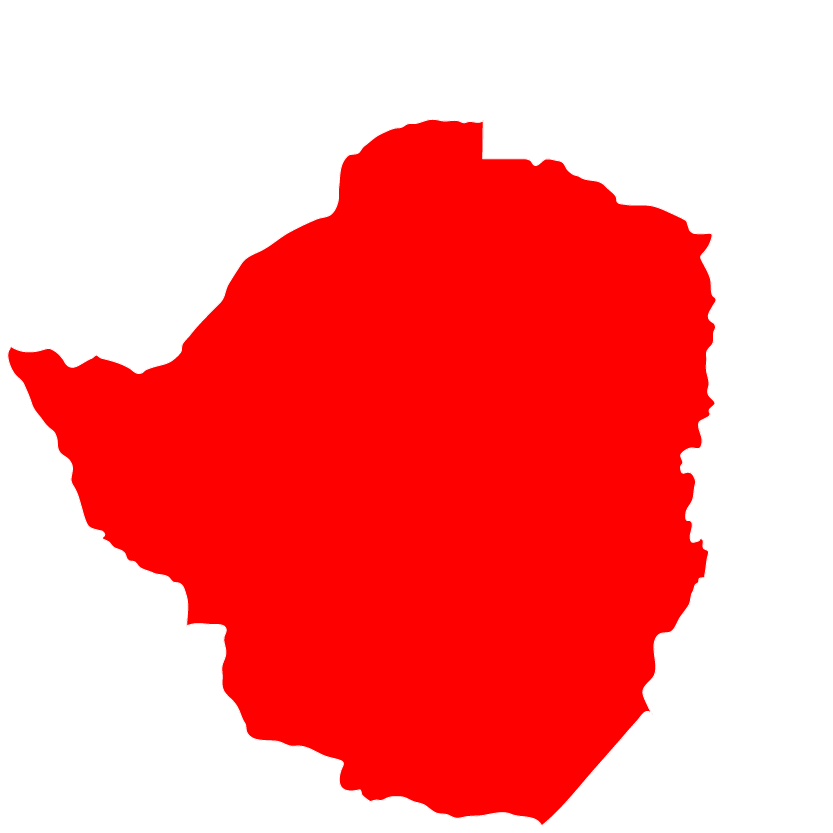The humanitarian context of the oPt is unique among today’s crises. A protracted protection crisis continues in the oPt, which remains largely attributable to ongoing occupation, now in its 52nd year, and the continuing internal Palestinian divide. Recent developments in the occupied Palestinian territories have become of deep concern. Since March 2018, 195 Palestinians, including 41 children, were killed and more than 26,000 injured during the Great March of Return protests. There have also been several flare ups this year already.
The West Bank including East Jerusalem has also had its share of a deteriorating humanitarian situation socioeconomically and protection wise. The West Bank faces a complex system of control (both physical and bureaucratic) and thus restricting freedom of movement, access to livelihood as well as land (including grazing land) and natural water resources. Interventions to help Palestinians in restoring agricultural and farming inputs, expanding grazing lands, providing water resources and protection from forced evictions are urgently needed.







